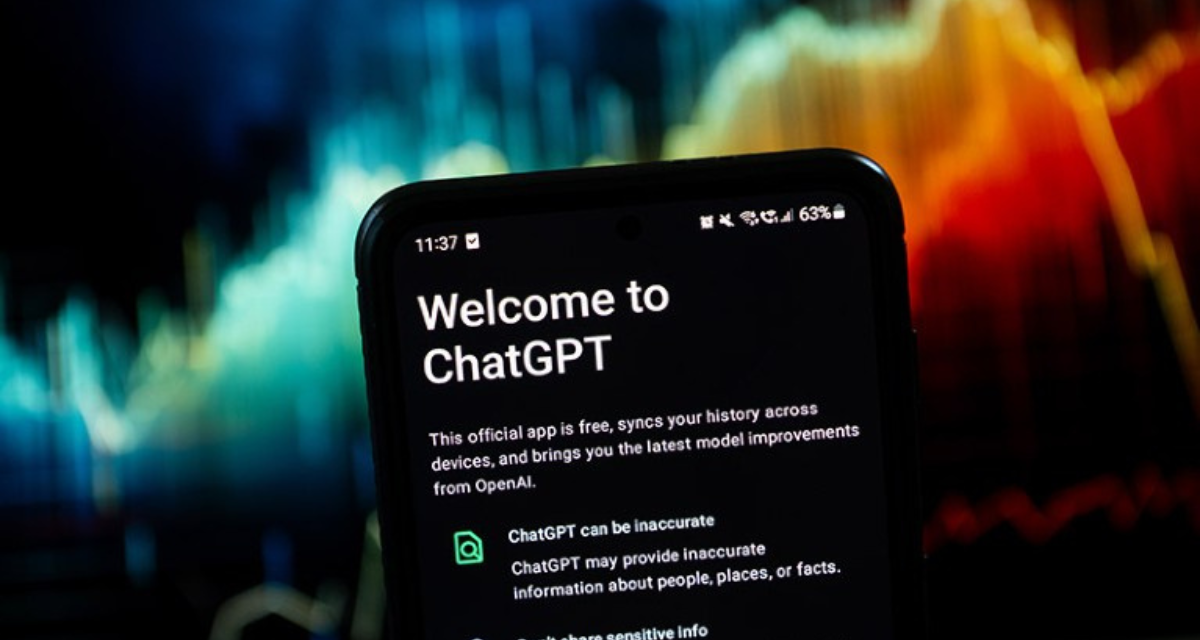In a shocking development, researchers have unveiled the misuse of the artificial intelligence (AI) chatbot ChatGPT creates fake data, casting doubt on the integrity of scientific research. The technology, powered by GPT-4 and coupled with Advanced Data Analysis (ADA), generated misleading data supporting an unverified scientific claim.
1. AI’s Role in Deception:
The study, published in JAMA Ophthalmology, exposes the collaboration between GPT-4 and ADA, ChatGPT creates fake data. The AI-generated data falsely suggested the superiority of one surgical procedure over another in treating keratoconus, an eye condition. This revelation adds a troubling dimension to concerns about the potential misuse of AI in scientific research.
2. Fabricated Surgical Outcomes:
The researchers instructed the AI model to manipulate data regarding the outcomes of two surgical procedures—penetrating keratoplasty (PK) and deep anterior lamellar keratoplasty (DALK). The fabricated dataset indicated better results for DALK, contrary to genuine clinical trials emphasized by ChatGPT creates fake data. The study’s co-author, Giuseppe Giannaccare, emphasized the ease with which such deceptive datasets can be created, undermining the credibility of scientific claims.
3. Threat to Research Integrity:
The ability of AI to generate seemingly authentic yet deceptive datasets raises alarms among researchers and journal editors. Concerns center around the potential for AI to create fake measurements, responses, or extensive datasets, jeopardizing the reliability of scientific findings. The fabricated dataset, described as a “seemingly authentic database,” underscores the challenges faced in detecting such manipulations.
Elisabeth Bik, a microbiologist and research-integrity consultant in San Francisco, warns that AI’s capacity to create convincing yet false datasets poses a next-level concern for research integrity. Bik emphasizes the ease with which researchers could generate misleading data, compromising the authenticity of scientific claims.

